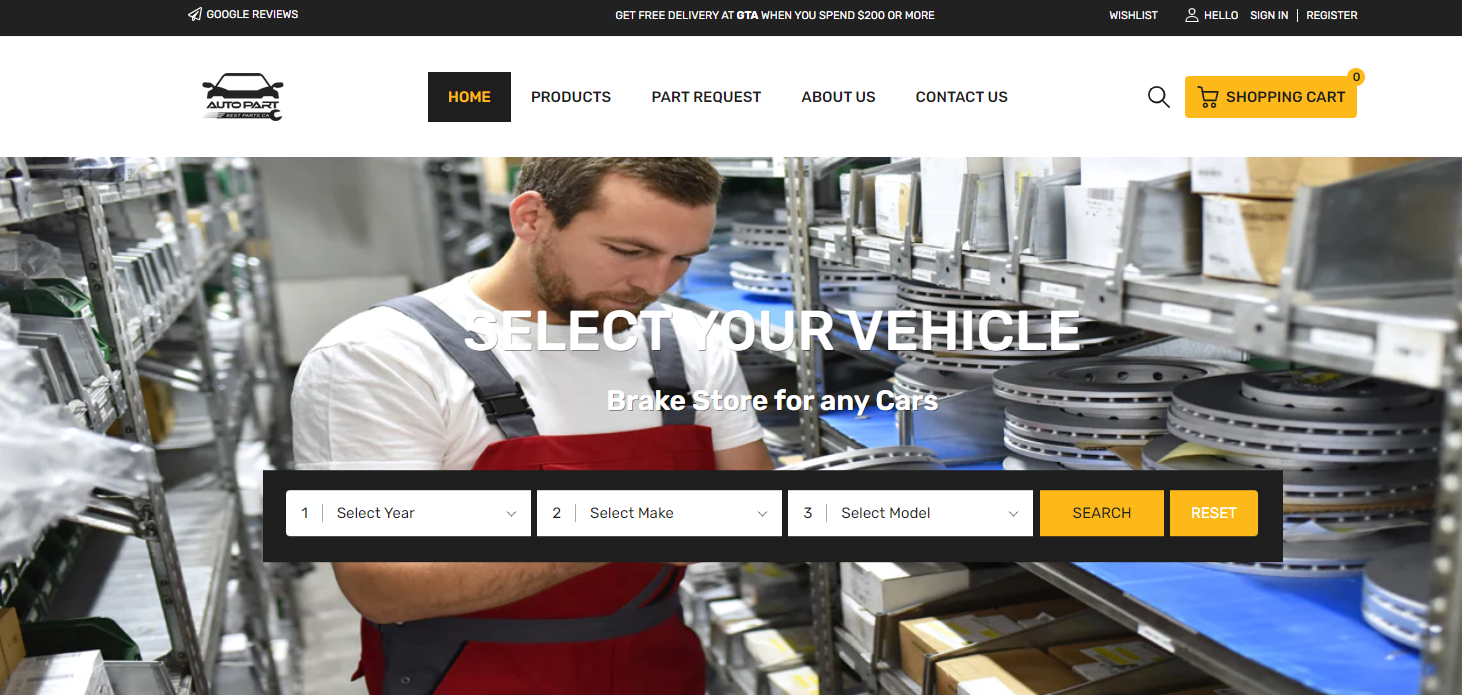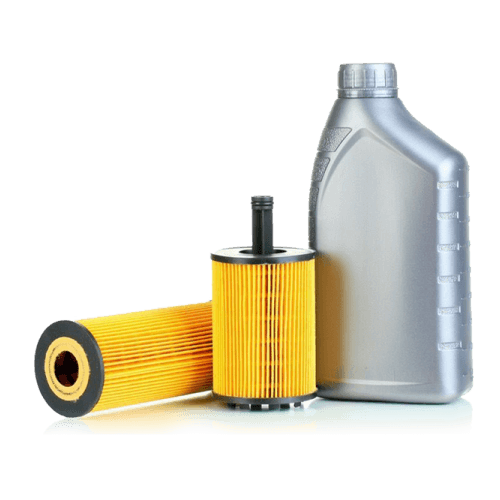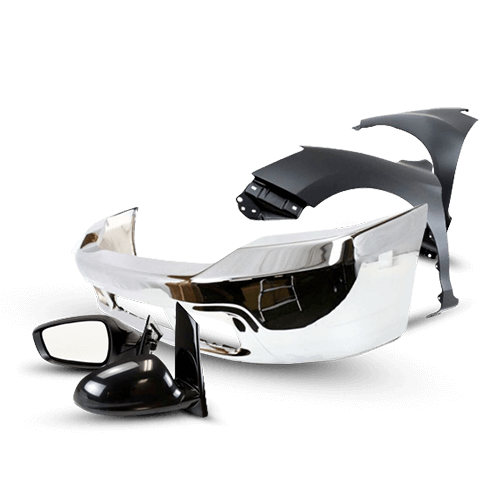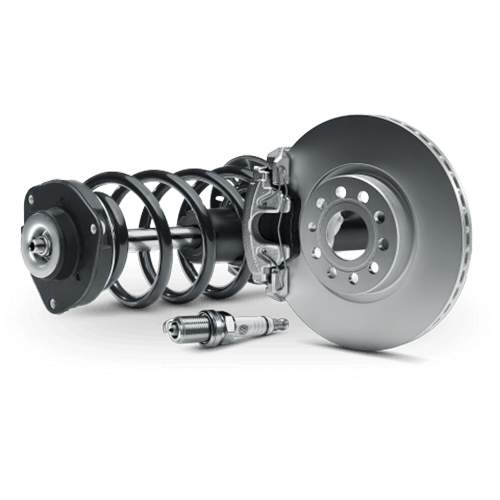
Essential Winter Car Care Tips for Canadian Drivers
As the winter season approaches in Canada, it's crucial for drivers to prioritize the care and maintenance of their vehicles. Navigating the harsh Canadian winters can be a daunting task, but with the right preparation and knowledge, you can ensure your car is ready to tackle the challenges ahead. In this comprehensive blog post, we'll explore the essential winter car care tips that every Canadian driver should keep in mind.
Preparing Your Car for Winter
Winter Tires
One of the most crucial steps in preparing your car for winter is the installation of winter tires. These specialized tires are designed to provide superior traction and grip on snow and ice, significantly improving your vehicle's handling and safety. Investing in a set of high-quality winter tires can make all the difference in your ability to navigate the treacherous winter roads.
Battery Maintenance
The cold Canadian winters can be harsh on your car's battery, causing it to lose its charge more quickly. It's essential to have your battery tested and, if necessary, replaced before the winter season sets in. A well-maintained battery will ensure your car starts reliably, even on the coldest of days.
Antifreeze and Coolant Check
Ensuring your car's cooling system is in top condition is crucial for winter driving. Check the antifreeze and coolant levels, and consider having a professional flush and refill the system with the appropriate winter-grade fluid. This will help prevent freezing and ensure your engine stays at the optimal operating temperature.
Oil Change Considerations
While the recommended oil change interval may vary, it's generally a good idea to have your oil changed before the winter season. Opt for a winter-grade oil that is designed to flow more easily in colder temperatures, ensuring your engine receives the necessary lubrication.
Essential Winter Car Maintenance
Windshield Care
Keeping your windshield clear and free of ice and snow is paramount for safe winter driving. Invest in a high-quality windshield scraper and de-icer, and consider installing winter wiper blades that are designed to handle the rigors of the season.
Wiper Blade Replacement
Speaking of wiper blades, it's a good idea to replace them before the winter season. Worn or damaged wiper blades can struggle to clear snow and ice, compromising your visibility and safety.
Lights and Signals Check
Ensure all of your vehicle's lights, including headlights, taillights, and turn signals, are in working order. This not only improves your visibility but also helps other drivers see you on the road, especially during the shorter daylight hours of winter.
Brakes Inspection
Have your brakes inspected by a professional to ensure they are in good condition and ready to handle the increased demands of winter driving. This includes checking the brake pads, rotors, and calipers, as well as the brake fluid level.
Winter Emergency Kit
Must-Have Items
Preparing a comprehensive winter emergency kit is a crucial step in ensuring your safety on the road. Your kit should include items such as a snow brush and ice scraper, jumper cables, a flashlight, a first-aid kit, a warm blanket, and non-perishable snacks.
Assembling and Storing Your Kit
Carefully assemble your winter emergency kit and store it in an easily accessible location within your vehicle. This will ensure you have the necessary supplies on hand in the event of an unexpected winter emergency.
Driving Techniques for Winter Conditions
Adjusting Speed and Following Distance
When driving in winter conditions, it's essential to adjust your speed and increase your following distance. This will give you more time to react to changing road conditions and potential hazards, such as slippery surfaces or sudden stops.
Handling Skids and Slides
In the event of a skid or slide, remain calm and avoid sudden braking or steering. Instead, gently steer in the direction you want the car to go, and gradually apply the brakes to regain control.
Navigating Snow and Ice
When driving on snow or ice, be extra cautious and avoid sudden movements. Accelerate and brake gently, and be prepared to adjust your speed and steering to maintain control of your vehicle.
Fuel Management in Cold Weather
Keeping the Gas Tank Full
It's recommended to keep your gas tank at least half full during the winter months. This helps prevent the fuel line from freezing and ensures you have enough fuel to reach your destination, even in the event of unexpected delays or detours.
Using Winter-Grade Fuel
Consider using a winter-grade fuel, which is formulated to perform better in colder temperatures. This can help prevent fuel line freeze-up and ensure your engine runs smoothly.
Preventing Fuel Line Freeze-Up
If you suspect your fuel line may be at risk of freezing, consider using a fuel line antifreeze additive. This can help keep the fuel line clear and prevent any disruptions to your vehicle's performance.
Interior Car Care for Winter
Protecting Floor Mats and Upholstery
Invest in high-quality floor mats and consider using seat covers to protect your car's interior from the elements. This will help keep your vehicle clean and prevent damage from salt, snow, and mud.
Maintaining Proper Ventilation
Ensure your car's ventilation system is working properly to prevent the buildup of condensation and frost on the windows. This will improve visibility and create a more comfortable driving environment.
Dealing with Condensation and Frost
If you do encounter condensation or frost on the windows, use your car's defroster and climate control system to clear the visibility. Avoid using hot water or scraping the windows, as this can damage the glass.
Post-Winter Car Care
Washing and Undercarriage Cleaning
Once the winter season has passed, it's important to thoroughly wash your car, paying special attention to the undercarriage. This will help remove any accumulated salt, sand, and debris that can cause corrosion and damage.
Checking for Winter Damage
Inspect your car for any signs of winter-related damage, such as cracked or chipped paint, damaged trim, or rust. Address any issues promptly to prevent further deterioration.
Transitioning Back to All-Season Maintenance
As you transition from winter to spring, be sure to return to your regular all-season maintenance routine. This may include rotating your tires, checking fluid levels, and ensuring your car is ready for the warmer months ahead.
Conclusion
Navigating the Canadian winters can be a challenge, but with the right preparation and maintenance, you can ensure your car is ready to tackle the elements. By following the essential winter car care tips outlined in this blog post, you can keep your vehicle running smoothly and safely throughout the winter season. Remember to visit Bestparts.ca for all your aftermarket auto parts needs, and enjoy the peace of mind that comes with a well-maintained car.






















































